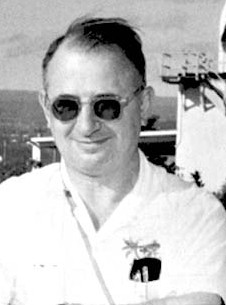-
(b.) -1911 March 15(d.)1962 August 11
Bio/Description
An American meteorologist, he attended Harvard University, and in 1939 he was awarded a Ph.D. in meteorology from the Massachusetts Institute of Technology. He worked for the United States Weather Bureau from 1934 until 1942, then served as a Captain to a Lieutenant Colonel with the weather service of the Army Air Corps during World War II from 1942 until 1946. On September 14, 1944, he became the first scientist to deliberately fly into a hurricane. He accompanied a flight of a Douglas A-20 "Havoc" that flew into the hurricane to collect scientific data. In 1946 he returned to the U.S. Weather Bureau, becoming Chief of the Scientific Services division. As head researcher, Dr. Wexler encouraged a study into the atmospheres of planets other than the Earth. He is particularly noted for his work on the use of satellites for meteorological purposes, the development of the TIROS-1. He also studied the use of computers for weather prediction and modification. He was chief scientist for a U.S. expedition to the Antarctic for the International Geophysical Year. From 1959 until 1961 he proposed and promoted the idea of a World Weather Watch. In 1961 he served as the lead negotiator for the U.S. in talks with the U.S.S.R. concerning the joint use of meteorological satellites. He continued working at the bureau until his death in 1962. The crater Wexler on the Moon is named after him. Volume 91, issues 10-12 of the Monthly Weather Review were published as his memorial issues. In 1977, the University of Wisconsin?Madison founded the Harry Wexler Professorship of Meteorology. In ?Turing?s Cathedral? by George Dyson he is seen in a photo of The ENIAC meteorological expedition, Aberdeen Proving Ground, March 1950.
-
Date of Birth:
1911 March 15 -
Date of Death:
1962 August 11 -
Gender:
Male -
Noted For:
Studied the use of computers for weather prediction and modification -
Category of Achievement:
-
More Info:


